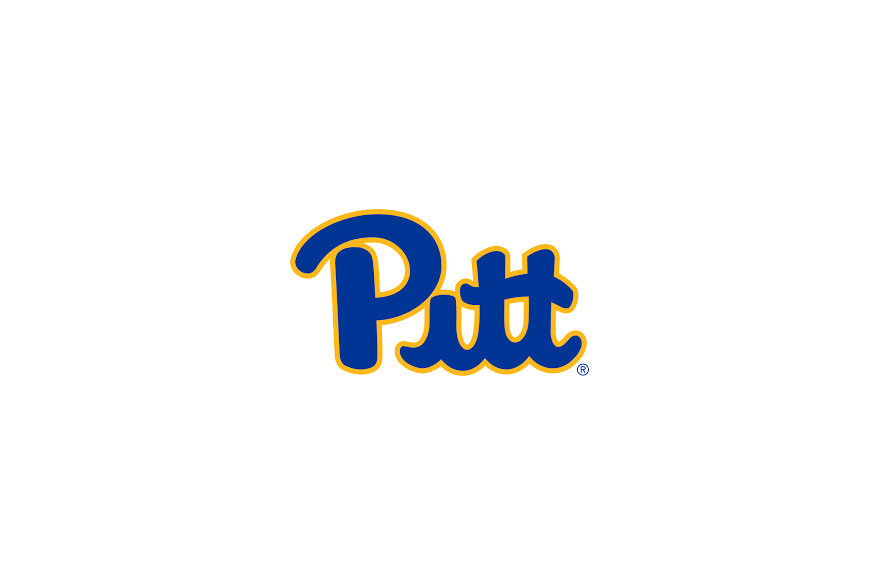By Sean Ryan
Co-Founder
CollegeBaseballInsider.com
Over the course of covering college baseball for the past 20 years, one thing I don’t envy is being one of the members of the committee that selects the 64 teams fighting for a spot in Omaha.
That doesn’t mean I wouldn’t love to be a fly on the wall for final deliberations.
Especially this year, a year in which COVID-19 subsided but still caused schedule limitations, misaligned RPIs and pauses at inopportune times. The committee’s work, it should be noted, seldom is easy. Someone always has a fair gripe, as readers of this site each Memorial Day can attest. This year featured more curve balls, but that doesn’t mean the committee should get a pass.
On the plus side, the committee admitted Fairfield, which racked up a 37-3 record against an all-conference schedule. An RPI of 3, a glitch in the system of sorts, could have been passed over, but the committee included the Stags. While others that missed the field could argue against Fairfield, 37-3 is pretty heady stuff.
The committee also favored the resumes of mid-majors like Campbell, Liberty and UC Santa Barbara. And it justly awarded Old Dominion a No. 1 seed, despite the fact it didn’t put in to host a Regional. The committee also rewarded the SEC, the nation’s top league with three of the top four national seeds, which some will agree and some will disagree, and seven Regional hosts, if you include South Carolina as a No. 2 seed with ODU as the one-seed.
As for the gripes, there are a few main ones similar to most years: this team got hosed; this host has a brutal draw; why was that team seeded where it was. And so on.
Pittsburgh is the team that seemed to get hosed this year. With respect to bubble brethren Ball State, Baylor, Georgia, Florida Atlantic, San Diego, Long Beach State and others, the Panthers have to be wondering what happened, particularly when Alabama and Michigan made the field.
Pitt had 17 quadrant-1 wins, trailing only Arkansas (27), Vanderbilt (19), Ole Miss (19) and Tennessee (18) across the nation. The final four teams selected by the committee combined for 24: North Carolina 13; Alabama 8; UCSB 2; and Michigan 1. For what it’s worth, Pitt (RPI 50) took three of four from UNC (RPI 47).
Yes, the Panthers would have been wise not to drop three vs. NC State (one by a run, one by two runs) at home and three at Wake Forest to end the regular season. But it’s hard not to believe that the COVID-19 pause Pitt had to take for two weeks in April didn’t have an effect. It was 20-11 and ranked in the top 15 in the nation before the pause and ended 3-9, a poor ending given as a reason for its omission by the committee.
Alabama (RPI 31), which made the field, also finished 3-9. Michigan (RPI 88 impacted by only playing a Big Ten schedule) finished 4-6. The 17 Q1 wins for Pitt should have meant something.
Other quibbles…
- Notre Dame ran away with the ACC regular-season title and had more Q1, Q2 and road wins than Mississippi State, Texas Tech, Stanford and Arizona and didn’t earn a Top-8 national seed. The Fighting Irish were graded as the No. 10 seed, which was two or three spots too low. We had them as a national seed and Texas Tech as the No. 9; Tech ended up the No. 8.
- Wright State has the No. 24 RPI in the nation, and the Raiders mash. Putting them in as the No. 4 seed in the Knoxville Regional doesn’t make much sense.
- Oklahoma State, RPI 14, was close to a No. 1 seed – we considered making the Cowboys the No. 1 seed and Louisiana Tech the 2 at the Ruston Regional – and drew a 2 instead. No huge issues there, but the Cowboys were sent to No. 5 national seed Arizona, which is great for college baseball but a disservice to the Pac-12 champion and Big 12 tourney runner-up. The No. 2 seed at Ruston seemed logical; the committee easily could have sent NC State (RPI 35) to Tucson rather than Ruston. To put it another way, the committee took one of the top No. 2 seeds, at least in terms of RPI, and sent it to a national seed, and the No. 16 seed drew one of the weaker No. 2 seeds, at least in terms of RPI.
- Speaking of Tucson, the Wildcats didn’t get any favors as the No. 5 national seed. In addition to Oklahoma State, the Regional includes UC Santa Barbara and Grand Canyon.
- Understanding that travel distances can impact Regional selections, Mississippi State, the No. 7 national seed, drew VCU (RPI 30), Campbell (RPI 38) and Samford. Texas Tech (No. 8) drew UCLA (RPI 21), North Carolina (RPI 47) and Army. TCU (No. 6) got Oregon State (RPI 22), Dallas Baptist (RPI 44) and Army. Of the Top-8 seeds, MSU was the only one who didn’t draw at least one Power-5 team.
- East Carolina, the No. 13 seed, drew Charlotte, Maryland and Norfolk State, seemingly easier than Old Dominion, the No. 11 seed, which has host South Carolina, Virginia and Jacksonville.
- Tennessee, the No. 3 seed, didn’t get any favors, getting one of the stronger No. 2s in ACC champion Duke (RPI 20), one of the stronger No. 3s in Liberty (RPI 36) and the aforementioned Wright State (RPI 24). Meanwhile, Louisiana Tech (No. 16) drew NC State (RPI 35) as the 2, Alabama (RPI 31 and one of the last teams in) as the 3 and Rider.
- We were kind of hoping Miami and Florida might avoid each other, but some things never change.
